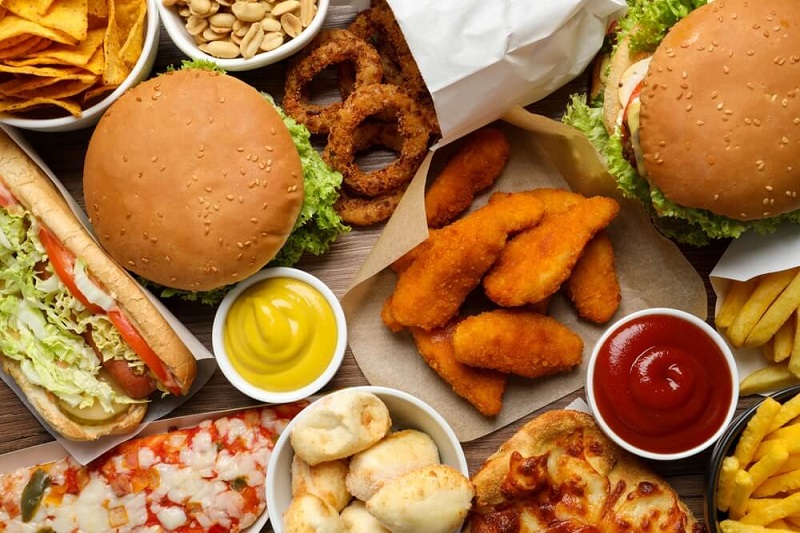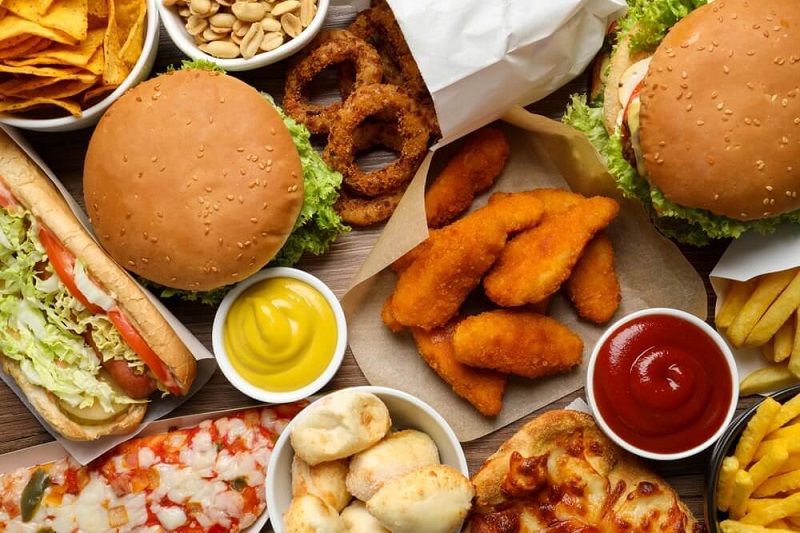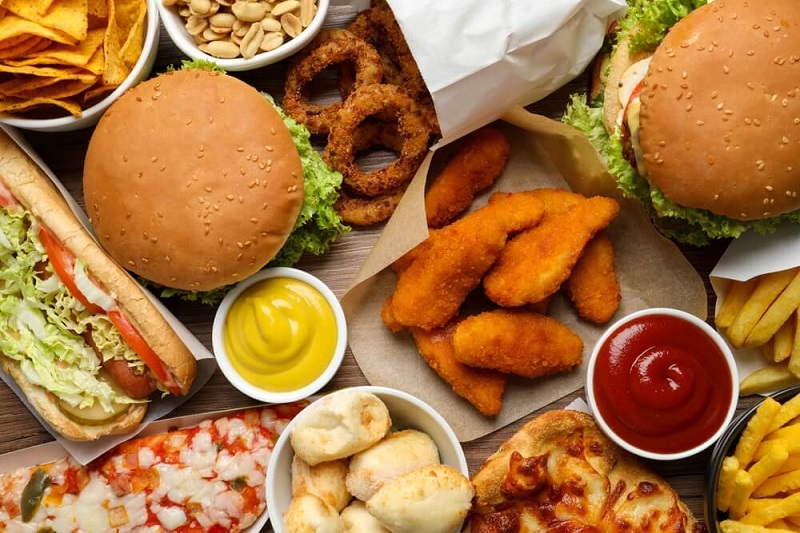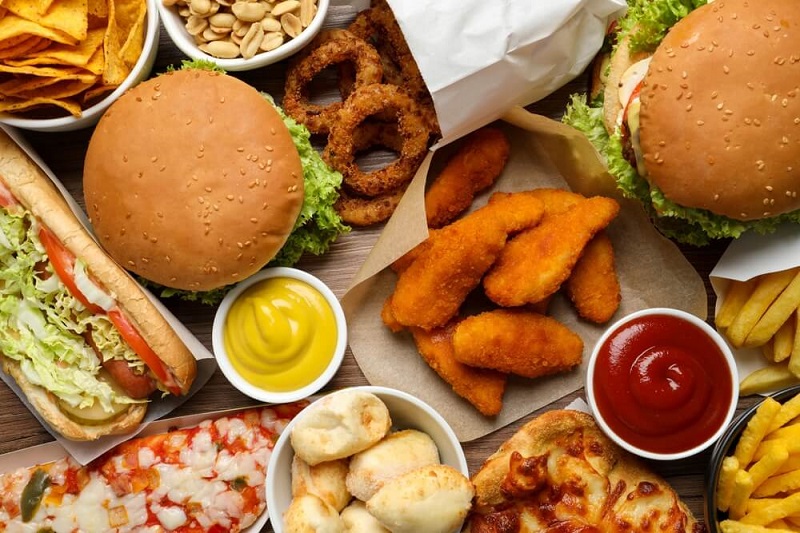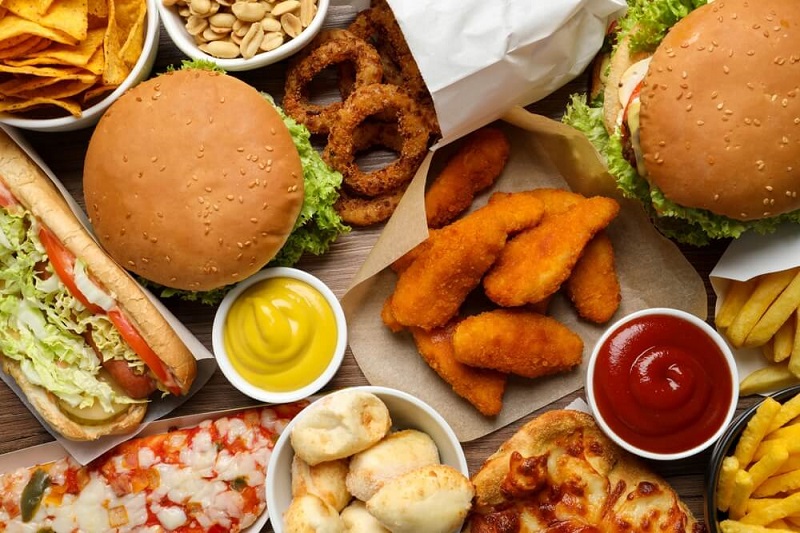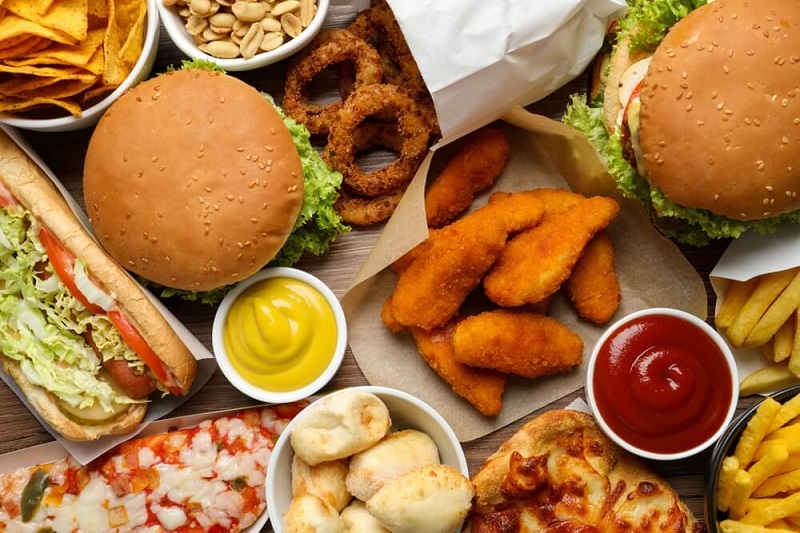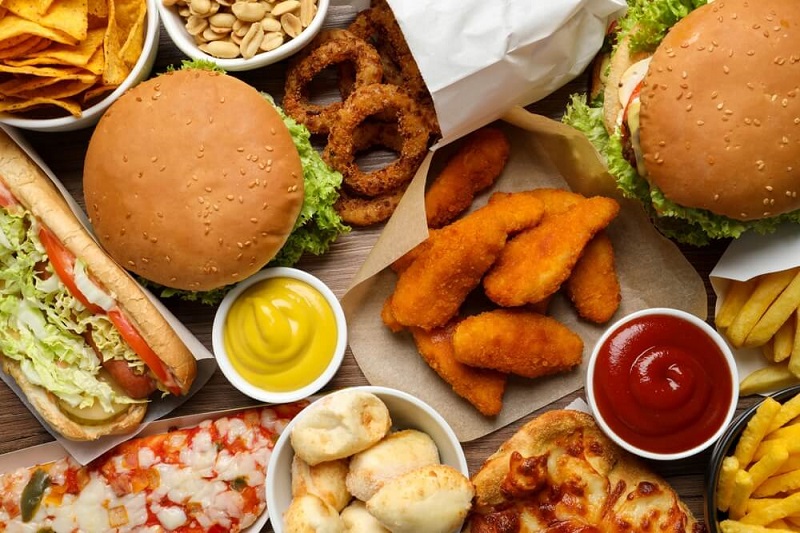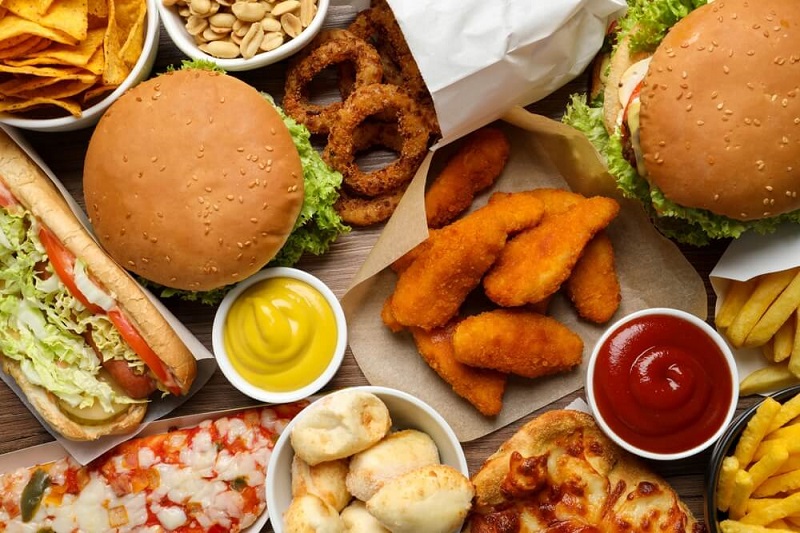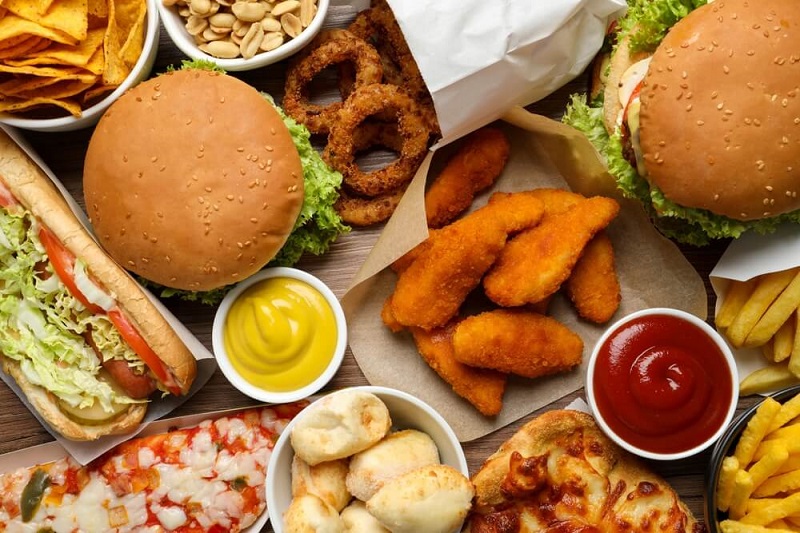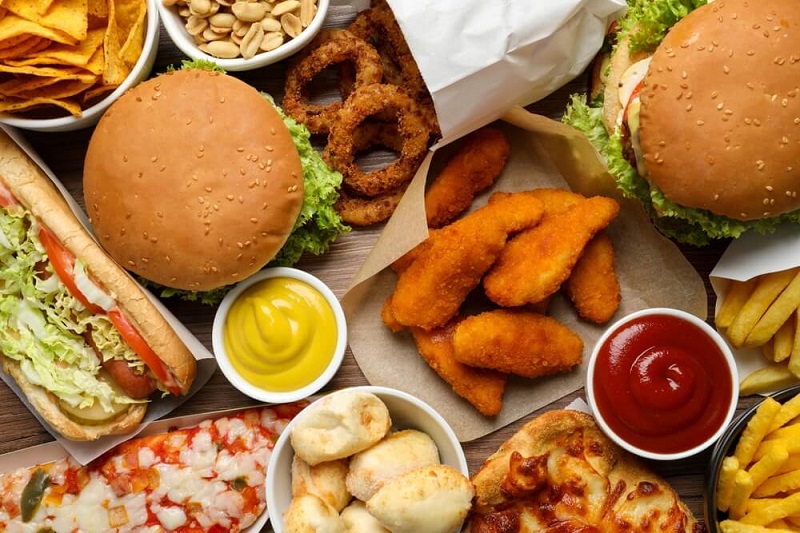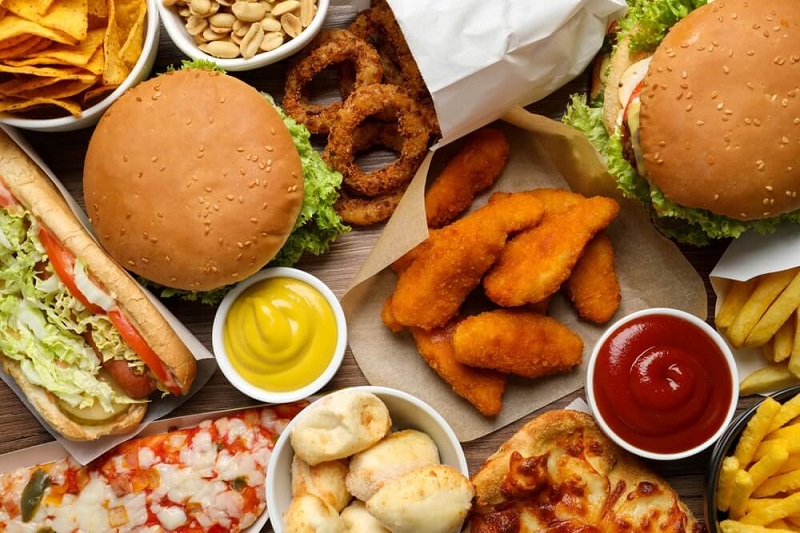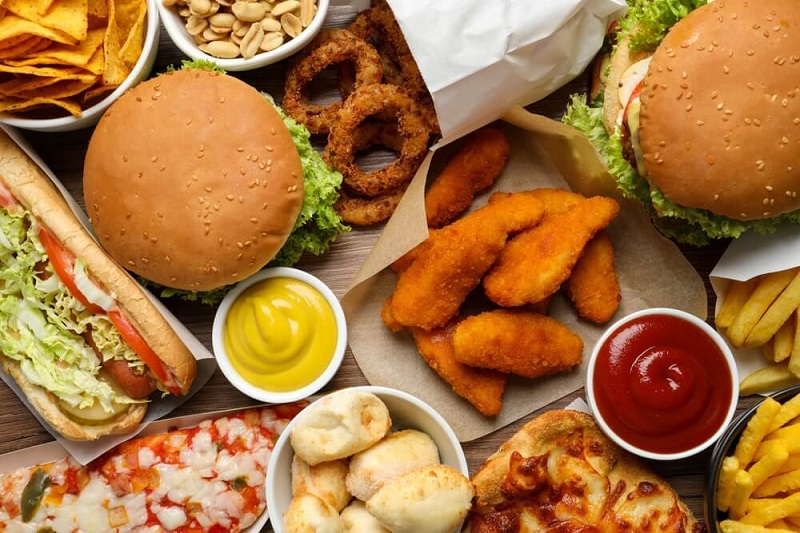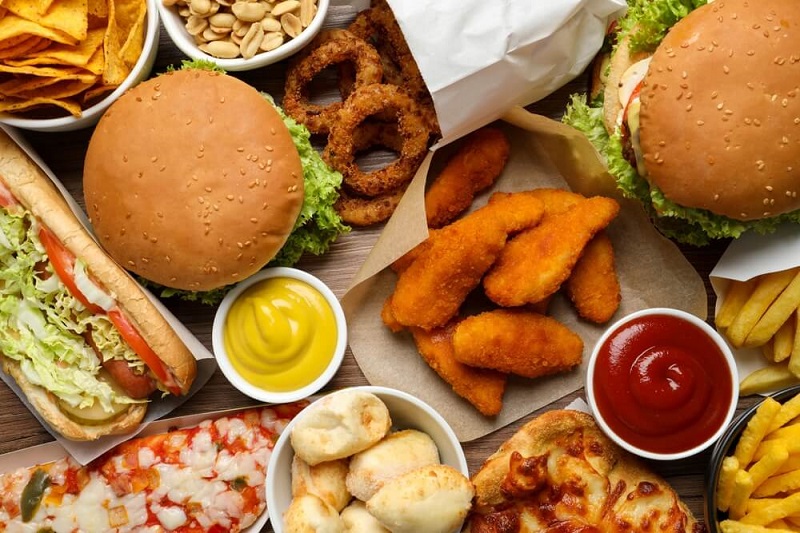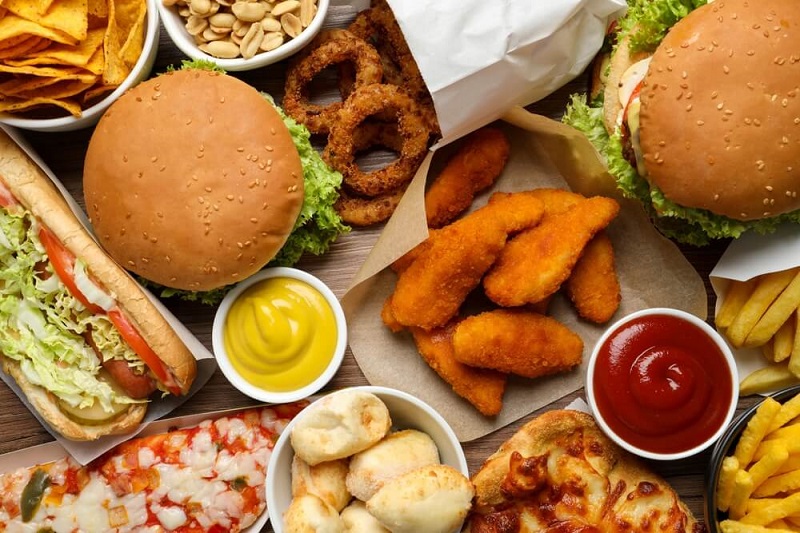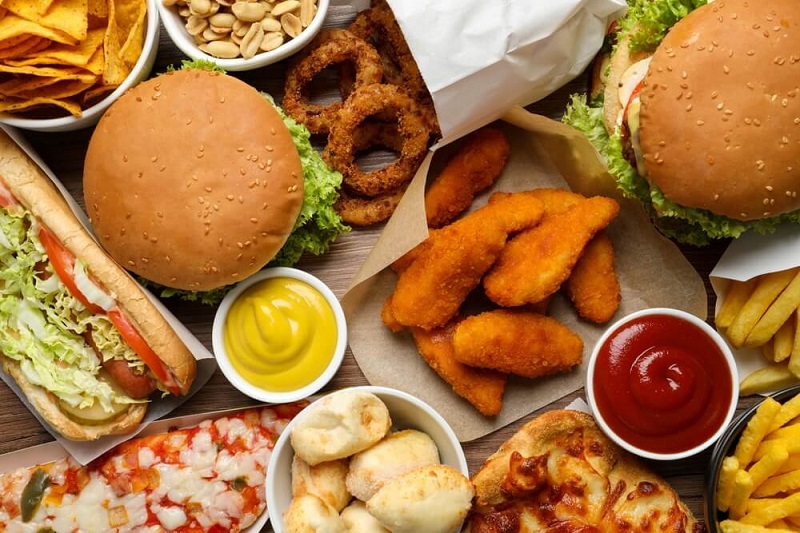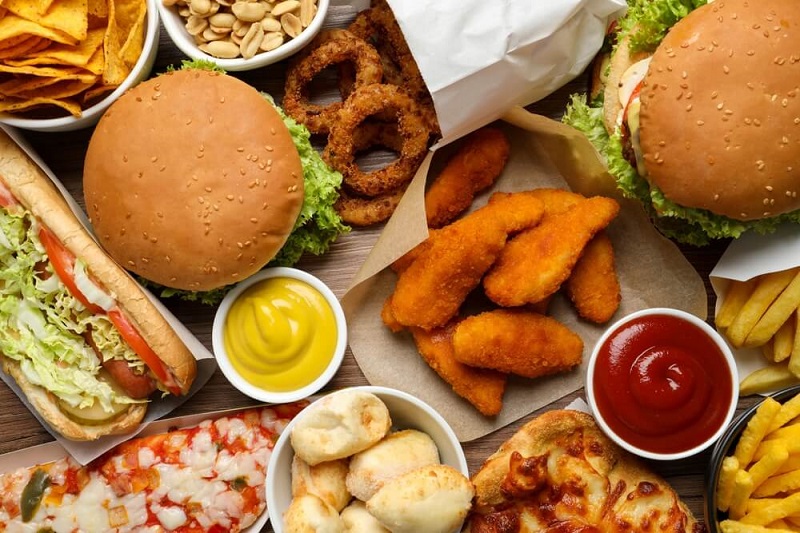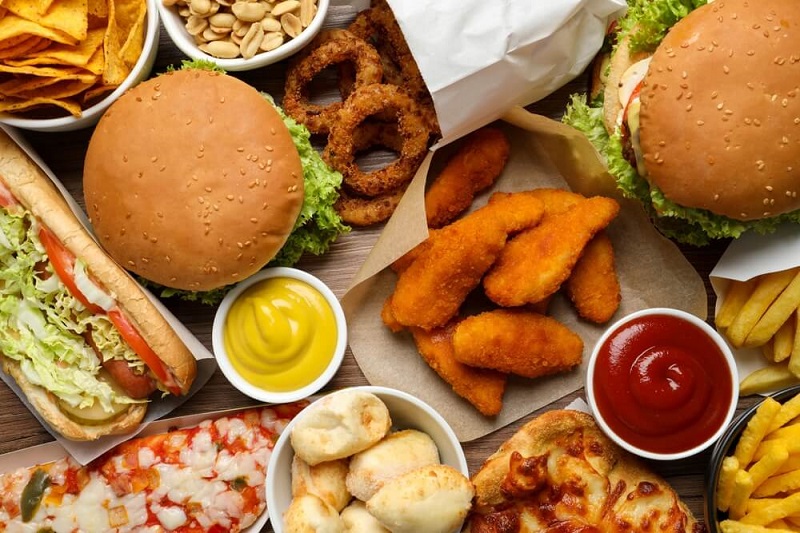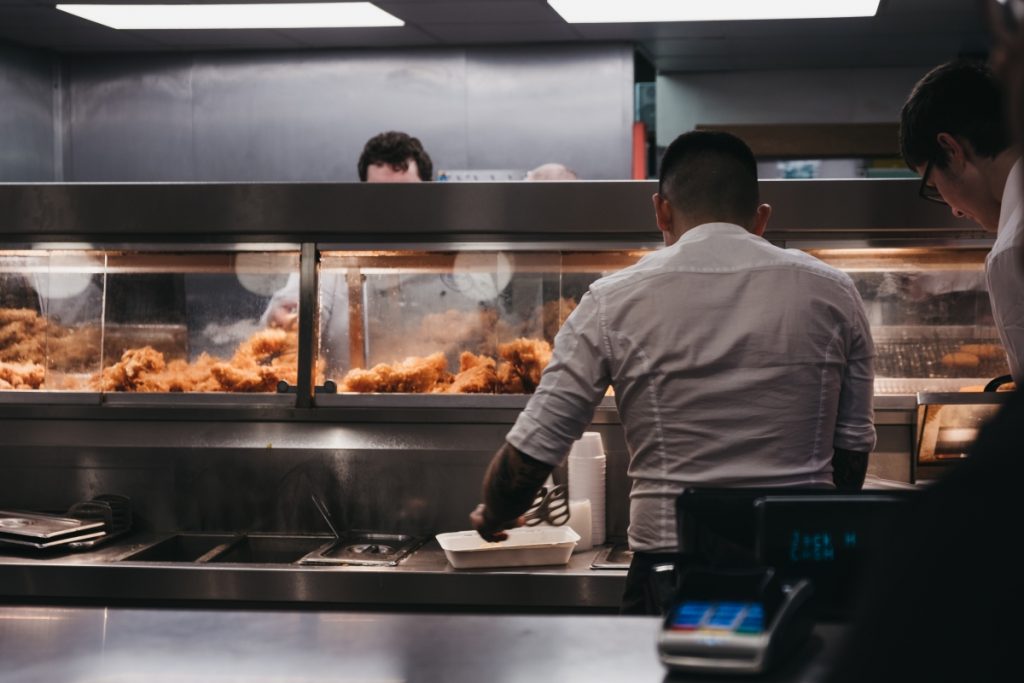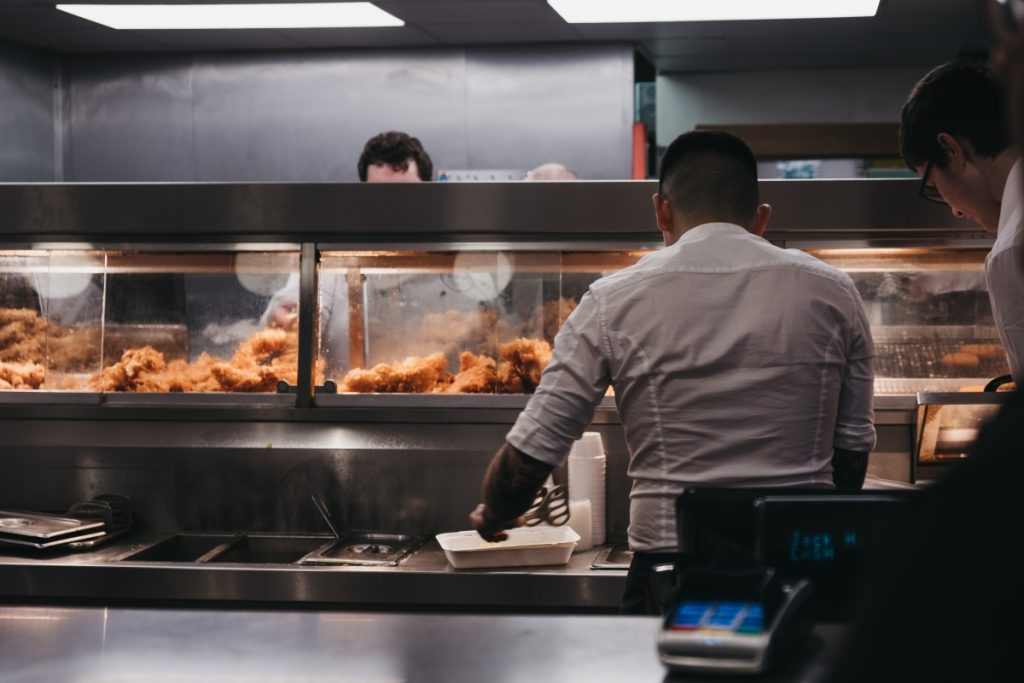Fast Food Product Liability Insurance: Food Poisoning & Contamination Claims
The fast food industry serves millions of customers daily, making speed and efficiency paramount to success. However, this rapid service model also creates unique risks that can lead to devastating product liability claims. When food poisoning or contamination incidents occur in fast food establishments, the consequences can be severe – from individual customer lawsuits to mass contamination events that affect hundreds of people and generate significant media attention.
Fast food product liability insurance provides essential protection against claims arising from food-related illnesses, contamination incidents, and other product safety issues. This specialized coverage is designed to address the unique challenges faced by quick service restaurants, takeaways, and fast food chains operating in today's litigious environment.
Understanding Product Liability in Fast Food Operations
Product liability in the fast food sector encompasses any claim where customers suffer harm from consuming food or beverages purchased from your establishment. Unlike general public liability insurance, which covers accidents on your premises, product liability insurance specifically addresses issues with the products you sell.
Fast food establishments face heightened product liability risks due to several factors. The high-volume, fast-paced nature of operations can increase the likelihood of food safety errors. Limited cooking times and holding periods create opportunities for bacterial growth if temperatures aren't properly maintained. The use of pre-prepared ingredients and complex supply chains can introduce contamination risks from multiple sources.
Common product liability scenarios in fast food include:
- Bacterial contamination from improper food handling
- Undercooking of meat products leading to foodborne illness
- Cross-contamination between raw and cooked foods
- Allergic reactions from undeclared ingredients or cross-contamination
- Foreign objects in food causing injury
- Chemical contamination from cleaning products or pest control substances
The Reality of Food Poisoning Claims
Food poisoning claims represent one of the most significant product liability risks for fast food businesses. These incidents can range from isolated cases affecting individual customers to large-scale outbreaks that impact dozens or hundreds of people simultaneously.
The most common foodborne pathogens in fast food settings include:
- Salmonella - often associated with poultry, eggs, and fresh produce
- E. coli - particularly dangerous when linked to undercooked beef products
- Campylobacter - commonly found in poultry and causing severe gastroenteritis
- Listeria - which can be fatal for vulnerable populations and is associated with ready-to-eat foods
- Norovirus - highly contagious and often spread through infected food handlers
When food poisoning occurs, the legal implications can be severe. Customers may seek compensation for medical expenses, lost wages, pain and suffering, and in severe cases, long-term health complications. The burden of proof in food poisoning cases often falls on the establishment to demonstrate that proper food safety procedures were followed.
The financial impact of food poisoning claims extends beyond direct compensation. Legal defense costs can be substantial, even for unfounded claims. Regulatory investigations may result in fines and enforcement actions. Business interruption can occur if health authorities order temporary closure. The reputational damage can lead to long-term loss of customers and revenue.
Contamination Risks in Fast Food Environments
Contamination in fast food operations can occur at multiple points throughout the food preparation and service process. Understanding these risks is crucial for both prevention and insurance coverage purposes.
Biological contamination represents the most common threat, occurring when harmful bacteria, viruses, or parasites contaminate food products. This can happen through improper storage temperatures, inadequate cooking, cross-contamination between raw and cooked foods, poor personal hygiene among staff, or contaminated water supplies.
Chemical contamination poses serious risks and can result from cleaning chemicals mixing with food, pesticide residues on fresh produce, food additives used incorrectly, or contaminated packaging materials. Even small amounts of chemical contamination can cause severe illness and generate significant liability claims.
Physical contamination involves foreign objects in food, such as glass fragments, metal pieces, plastic components, or personal items from staff. While often less dangerous than biological or chemical contamination, physical contamination can cause injuries and create liability exposure.
The fast food environment creates unique contamination challenges:
- High staff turnover can lead to inadequate training on food safety procedures
- Time pressure may cause shortcuts in proper food handling protocols
- Limited space can make proper separation of raw and cooked foods difficult
- Equipment malfunctions can compromise food safety systems
Supply Chain Liability Considerations
Modern fast food operations rely heavily on complex supply chains, creating additional product liability exposures. When contamination occurs at the supplier level, fast food establishments may still face liability claims from affected customers.
Supplier-related contamination can occur during food processing, packaging, transportation, or storage. Even when the contamination originates outside your establishment, customers will typically pursue claims against the restaurant where they purchased the food. This makes supply chain liability coverage an essential component of fast food product liability insurance.
Key supply chain risks include:
- Contaminated raw materials
- Processing facility outbreaks
- Transportation temperature failures
- Packaging defects
- Mislabeling of allergens or ingredients
Fast food businesses should maintain detailed records of all suppliers and implement robust supplier verification procedures to minimize these risks.
Allergen Management and Liability
Food allergies affect millions of people and represent a growing source of product liability claims in the fast food industry. Allergic reactions can range from mild discomfort to life-threatening anaphylaxis, making allergen management a critical aspect of food safety.
Common allergens in fast food include milk, eggs, fish, shellfish, tree nuts, peanuts, wheat, and soybeans. Cross-contamination can occur when allergens are transferred from one food to another through shared equipment, utensils, or preparation surfaces.
Fast food establishments face particular challenges in allergen management due to:
- Shared cooking equipment
- Limited menu customization options
- High staff turnover affecting training consistency
- Time pressures that may compromise safety protocols
Allergen-related liability claims can be particularly severe, as allergic reactions can cause permanent injury or death. Courts often view allergen incidents seriously, especially when establishments fail to provide adequate warnings or implement proper prevention procedures.
Regulatory Compliance and Insurance
Fast food businesses must comply with numerous food safety regulations, and failure to meet these requirements can impact insurance coverage. Understanding the relationship between regulatory compliance and product liability insurance is essential for comprehensive protection.
Key regulatory frameworks include:
- Food Standards Agency requirements
- HACCP (Hazard Analysis and Critical Control Points) implementation
- Local authority food hygiene inspections
- Industry-specific standards
Non-compliance with these regulations can void insurance coverage or result in claim denials.
Insurance providers often require evidence of robust food safety management systems as a condition of coverage. This may include staff training records, temperature monitoring logs, supplier verification procedures, and incident reporting systems. Maintaining comprehensive documentation demonstrates due diligence and can support insurance claims when incidents occur.
Crisis Management and Reputation Protection
When product liability incidents occur, effective crisis management is crucial for minimizing damage and protecting your business reputation. Many product liability insurance policies include crisis management support to help navigate these challenging situations.
Immediate response procedures should include:
- Securing the affected food products
- Cooperating with health authority investigations
- Documenting all relevant information
- Notifying your insurance provider
- Implementing communication strategies to address customer concerns
Media management becomes critical during significant contamination events. Negative publicity can cause lasting damage to your brand and customer base. Professional crisis communication support can help manage media relations and protect your business reputation during difficult periods.
Coverage Options and Policy Features
Fast food product liability insurance policies vary significantly in their coverage scope and features. Understanding these options helps ensure you select appropriate protection for your specific risks and operations.
Basic product liability coverage typically includes:
- Compensation for customer injuries or illnesses
- Legal defense costs
- Regulatory investigation expenses
- Product recall costs
Enhanced coverage options may include:
- Business interruption protection
- Crisis management support
- Supplier liability coverage
- Extended geographical coverage for multi-location operations
Policy limits should reflect the potential severity of claims in your market. Large-scale contamination events can generate claims worth millions of pounds, making adequate coverage limits essential. Consider factors such as customer volume, menu complexity, supplier relationships, and geographical reach when determining appropriate coverage levels.
Claims Prevention Strategies
While insurance provides essential financial protection, preventing product liability incidents should be your primary focus. Implementing comprehensive food safety management systems reduces both the likelihood of incidents and potential insurance costs.
Staff training represents the foundation of effective food safety management. All employees should receive comprehensive training on food handling procedures, personal hygiene requirements, allergen management, and emergency response protocols. Regular refresher training helps maintain high standards despite staff turnover.
Temperature control systems are critical for preventing bacterial growth and contamination. Implement robust monitoring procedures for refrigeration, cooking, and holding temperatures. Maintain detailed temperature logs and investigate any deviations immediately.
Supplier management procedures should include verification of food safety certifications, regular audits of supplier facilities, clear specifications for product quality and safety, and contingency plans for supplier failures. Maintain detailed records of all supplier interactions and quality assessments.
Industry-Specific Considerations
Different types of fast food operations face varying product liability risks, requiring tailored insurance approaches. Understanding these differences helps ensure appropriate coverage selection.
Burger restaurants face particular risks related to undercooked meat products and E. coli contamination. Ground beef products require careful temperature management and cooking procedures to eliminate harmful bacteria. Cross-contamination between raw and cooked products represents a significant risk.
Chicken-focused establishments must address Salmonella and Campylobacter risks associated with poultry products. Proper cooking temperatures and avoiding cross-contamination are essential. Marinated products may require additional handling precautions.
Pizza operations face unique challenges with fresh toppings, cheese products, and potential allergen cross-contamination. Dough preparation and storage require careful temperature control to prevent bacterial growth.
Sandwich shops and delis must manage risks associated with ready-to-eat foods, fresh produce, and complex ingredient combinations. Listeria contamination represents a particular concern for these operations.
Technology and Food Safety
Modern technology offers new opportunities for enhancing food safety and reducing product liability risks. Many insurance providers offer premium discounts for establishments that implement advanced food safety technologies.
Temperature monitoring systems can provide real-time alerts when storage or cooking temperatures deviate from safe ranges. Digital logging systems create comprehensive records for regulatory compliance and insurance purposes.
Traceability systems help track ingredients throughout the supply chain, enabling rapid identification of contamination sources during incidents. This capability can significantly reduce the scope and impact of product recalls.
Staff training platforms can ensure consistent food safety education across multiple locations and provide documentation of training completion for insurance and regulatory purposes.
Future Trends and Considerations
The fast food industry continues to evolve, creating new product liability challenges and opportunities. Staying informed about emerging trends helps ensure your insurance coverage remains adequate and relevant.
Plant-based meat alternatives are becoming increasingly popular but may introduce new allergen risks and processing challenges. Ensure your insurance coverage addresses these evolving product categories.
Delivery and takeaway services have expanded significantly, creating new liability exposures related to food safety during transportation and extended holding periods. Consider whether your coverage adequately addresses these risks.
Automation and robotics in food preparation may reduce human error risks but could introduce new mechanical contamination possibilities. Discuss these technological changes with your insurance provider to ensure appropriate coverage.
Conclusion
Fast food product liability insurance represents an essential investment for any quick service restaurant operation. The combination of high customer volumes, complex supply chains, and inherent food safety risks creates significant liability exposures that can threaten business survival.
Comprehensive product liability coverage provides crucial financial protection against food poisoning claims, contamination incidents, and other product-related liabilities. However, insurance should complement, not replace, robust food safety management systems and prevention strategies.
Working with experienced insurance professionals who understand the fast food industry ensures you receive appropriate coverage for your specific risks and operations. Regular policy reviews help maintain adequate protection as your business evolves and new risks emerge.
The investment in comprehensive product liability insurance and effective food safety management pays dividends through reduced claim frequency, lower insurance costs, enhanced customer confidence, and protection of your business reputation. In an industry where a single contamination incident can generate devastating financial and reputational consequences, this protection is not just advisable – it's essential for long-term business success.
For expert guidance on fast food product liability insurance and comprehensive coverage solutions tailored to your business needs, contact Insure24 at 0330 127 2333 or visit www.insure24.co.uk. Our experienced team understands the unique challenges facing fast food operations and can help you secure the protection your business deserves.


 0330 127 2333
0330 127 2333
